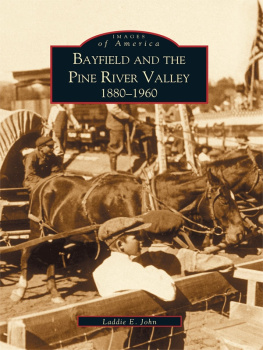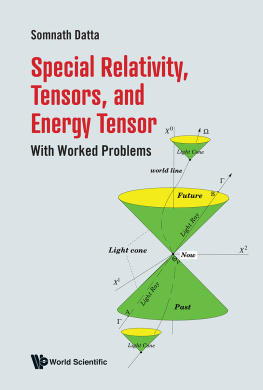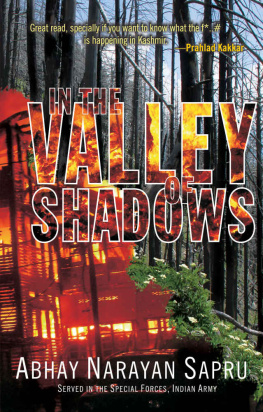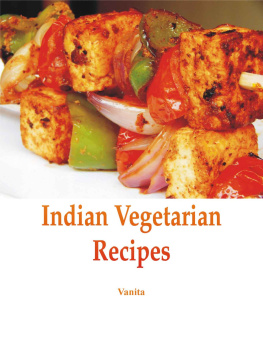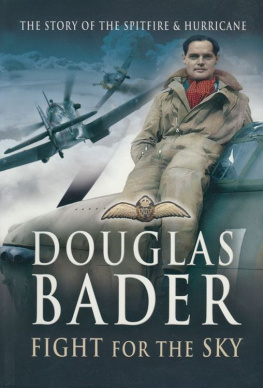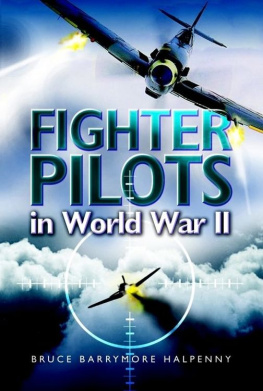Published by
Vij Books India Pvt Ltd
(Publishers, Distributors & Importers)
2/19, Ansari Road
Delhi 110 002
Phones: 91-11-43596460, 91-11-47340674
Mob: 98110 94883
e-mail:
web : www.vijbooks.in
Copyright 2021, Somnath Sapru
ISBN: 978-93-89620-54-2 (Paperback)
ISBN: 978-93-89620-55-9 (ebook)
All rights reserved.
No part of this book may be reproduced, stored in a retrieval system, transmitted or utilized in any form or by any means, electronic, mechanical, photocopying, recording or otherwise, without the prior permission of the copyright owner. Application for such permission should be addressed to the publisher.
The views expressed in this book are of the author in his personal capacity.

The year, 2014, the centenary of World War I which raged from 1914 to 1918, was observed among the nations who took part in it. The end of the war on November 11, 1918, has also been observed with due solemnity. Looking back at the state of India then as the biggest colony of the British Empire, backward and impoverished, and yet prized by the Imperial Power as the brightest jewel in the Crown with Empress Victoria at its head, the powers that be did not rate the natives to be as modern as they rated themselves.
When the war broke out, it caught everyone except the aggressor by surprise. Yet, when the German onslaught on Paris was halted with the help of an Indian Army Corps, it was as if it was expected of the Indians. Racial bias, a thin form of apartheid, was practised below and above the surface. Indians were not fit to be leaders, hence, no Indian could become an officer holding the Kings Commission. Indians were not mechanically skilled, trusting them with a screwdriver was risky.
At that time, no Indian was thought to be competent enough to drive a car or a railway steam engine or operate any other mechanical device. Yet, when Indians volunteered for the military aviation service, they were summarily rejected. By 1916, however, there was an acute shortage of pilots and that compelled the War Office to relax the racial rule. But it was just a temporary measure.
It was this that became an incentive and Indians grabbed the opportunity. They proved beyond doubt, that Indians did have leadership qualities and thus could become officers and had the technical expertise to fly aeroplanes. Given the equal opportunity of learning and being taught along with the English candidates, they proved themselves. And then came the war and combat flying. For the small number of four pilots who served, their performance was superb. And that was the story that needed telling. It was true, it was Indian and the battlefield was Europe.
So, it was essentially a story of four pilots and one technician that was earlier published in a limited edition titled Skyhawks, but further relentless research unearthed one more pilot whose exploits though seen today may not sound brave or pioneering, was nevertheless unique. This pilot came fully trained and offered his services to the Royal Flying Corps in 1916 and was accepted...... He was, in fact, the senior most among the Indians but fate had willed otherwise as his story will show.
Some time in 1971, I had the opportunity of meeting the then Chief of Air Staff, Air Chief Marshal P.C. Lal at the Air Command House, Bangalore.
I had requested him to help me to write a story of the first four combat pilots from India, who served in Europe during Word War I. Even as I was speaking, he corrected me and said: In those days they were called aviators, and in combat role they were called Scouts.
And then came the bombshell that I was dreading so much: Young man, I hope you know what you are getting into. This project could take a lifetime because in India, there is very little material available either in our archives or the Defence Ministry records, because all this happened long ago even before the RAF, not to speak of the IAF was born.
I looked at him in disappointment and thought that he was trying to discourage me, but today, over 48 years later, after having authored several books, I realise how right he was.
Apart from a four-page press handout and a few clippings from newspapers, there was and is not any material available on these four pioneer pilots, the very first Indians to wear the wings and fly combat planes on missions in Europe during World War I.
But once, having decided to do it, I searched on relentlessly. My search led me to as far-flung places as the US, Britain, Germany, Yugoslavia, Italy, Australia, Canada, Mexico and other places, too numerous to mention. For a man of my modest means, it was indeed a herculean task. I spent most of my earnings on foreign postage since I could not possibly visit all these places and internet had not yet come.
In all this, I was helped by that wonderful person, Sardar Hardit Singh Malik, famous to the present generation as a diplomat and golfing champion, but having a distinction which unfortunately has been lost to posterity. In fact, he was the very first Indian to become a combat pilot, having been the first to enrol in the Royal Flying Corps in 1917. Apart from talking to me about those far-off days when Indians had to struggle to make good in the British scheme of things, he also let me have access to his private papers relating to that period, which covered his student days at Oxford and later in the Royal Flying Corps, till he was demobilised at the end of the war in 1919.
The following pages have reconstructed the careers of the three other Indians, namely, Indra Lal Roy, the first Indian combat pilot to win the Distinguished Flying Cross (DFC), S.C. Welinkar and E.S.C Sen. There has been a mention of a fifth one. Still, on checking the records, it was found that he may have been on the technical side as he was made a Honorary Lieutenant in the RAF and the official list carried his name until 1937.
Many friends, acquaintances and people whom I have not met, have helped me in this monumental task, of collecting material and official records wherever possible, to put together this story in detail, not only for posterity, but for the present generation, so that they may learn to emulate their example. It is not generally known, that Roy was an uncle of Air Marshal Subroto Mukerjee, the first Chief of Air Staff of the independent Indian Air Force.






